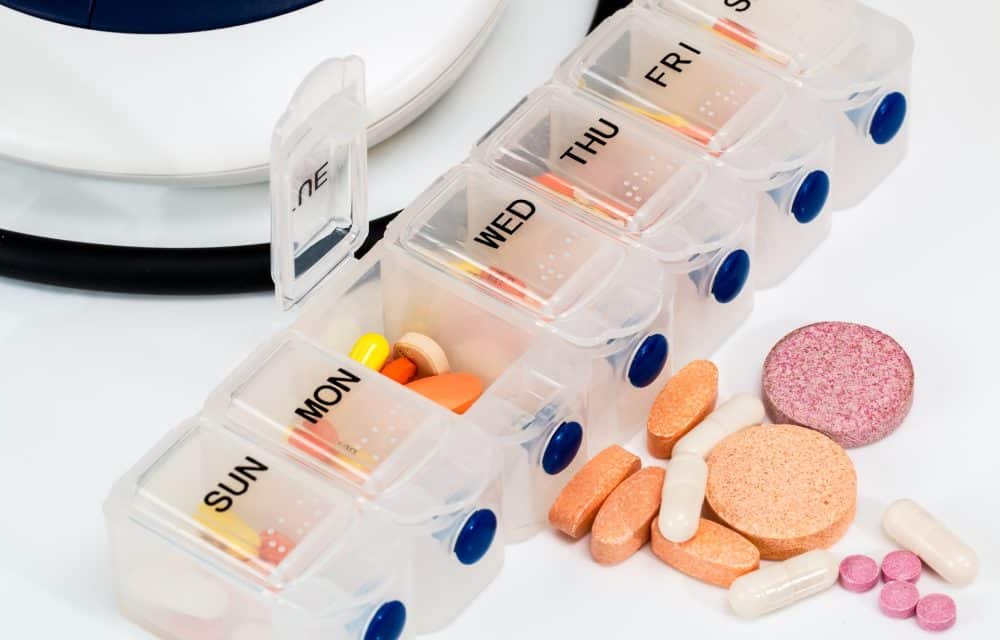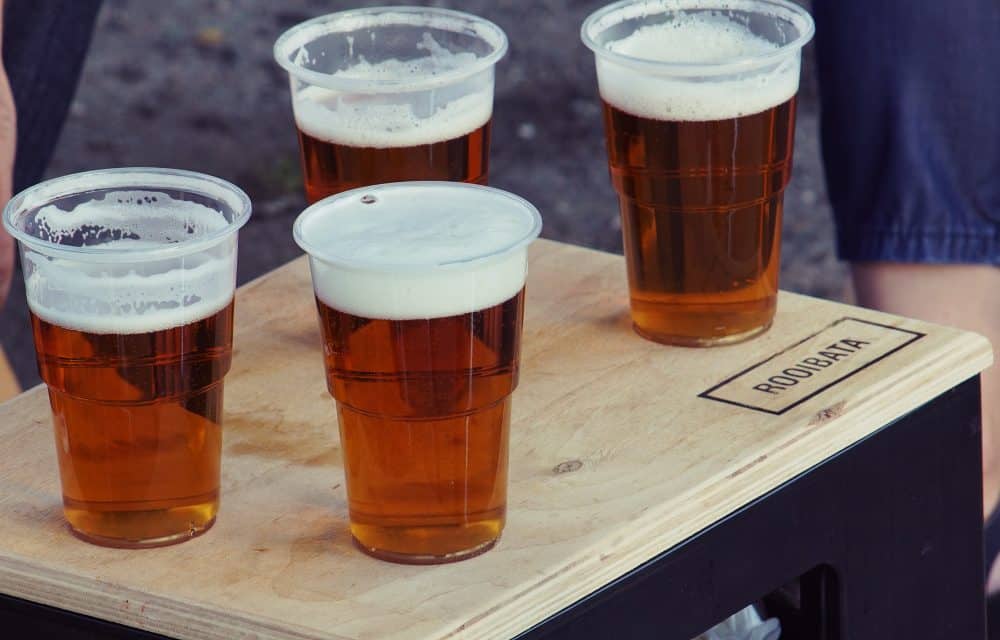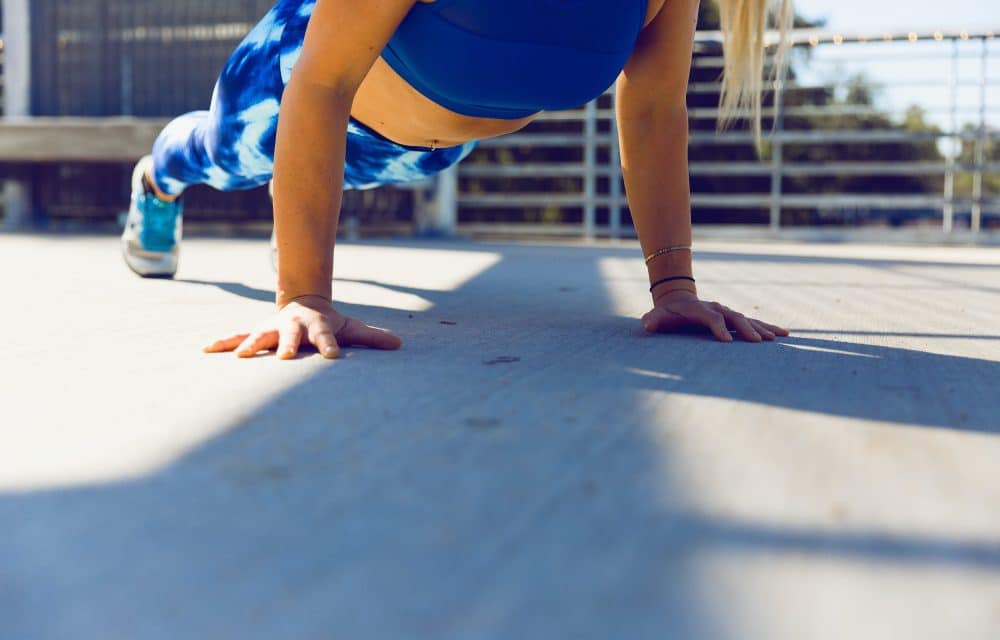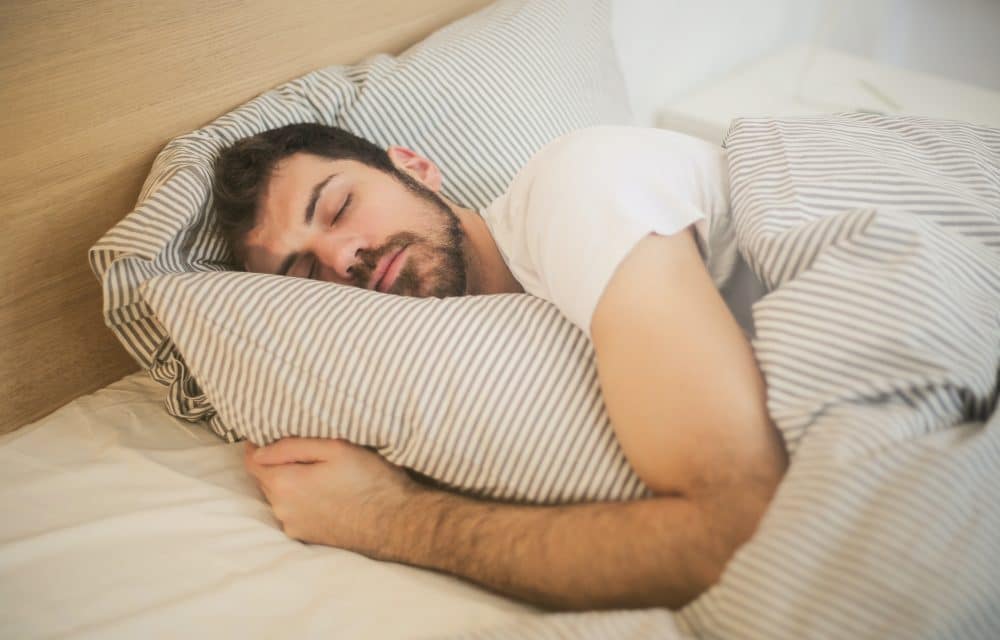Should I Be Taking Supplements To Workout?
The belief that you benefit from supplements before a workout has become a big debate. Most trainers and scientists agree that your workout is better with a pre-workout and post-workout snack, but they disagree on whether it should be whole foods or supplements. Is it better to eat cottage cheese and fruit with coffee before a workout or take a protein-caffeine-carbohydrate supplement? You’ll get more satisfaction from the former. It often costs less, too.
A protein supplement may be beneficial.
Seniors frequently don’t process protein efficiently. A protein supplement may offer some benefits. Be aware that protein and other workout supplements can be dangerous. Some contain contaminants that can affect your health. A new consumer protection group called the Clean Label Project tested 134 products for 130 unique toxins. Many protein powders contained toxins like cadmium, arsenic, lead, and mercury. The amount varied, but some were in significant amounts. Even supplements without toxins can be dangerous for people with certain health conditions or if taken in large amounts.
It may be more important to take a supplement after working out.
There is a reason for both pre and post-workout snacks. The post-workout snack helps boost recovery and helps build muscle tissue faster. Another testing group, NSF International, also tests protein supplements and allows ones that pass to bear, “Certified for Sports” on the label. A supplement might be the best choice if you’re in a hurry and don’t have time to eat or pack a quick snack. Just make sure it’s certified.
Focus more on good nutrition and less on sports
You don’t need to take supplements if you focus on healthy eating, some people even create snacks specifically for pre-workout and post-workout. Real food is always better than taking a supplement. It offers nutrients you won’t get from a shake or powder, like phytonutrients and natural fiber. Besides being healthier, it’s far more satisfying. Pre and post-workout snacks you make can add to your daily intake of other nutrients, too.
- If you take a supplement, check for the Clean Label Project certification or go to their website. Another testing organization label to look for is from the Consumer Labs.
- Vegetarians may require supplements, but not necessarily protein supplements. B12 is the most difficult for vegetarians to include since it comes primarily from animal sources. Protein powders may also be a way to ensure vegans get all essential amino acids.
- If your supplement is a protein bar, be aware that many are glorified candy bars. Many are high in calories. You’re better off eating yogurt and fruit, or an apple and peanut butter.
- Sports drinks are beneficial if you workout at an intense level for over an hour or in high heat. Many of these drinks contain added sugar and add extra calories.
For more information, contact us today at Urban Athlete










